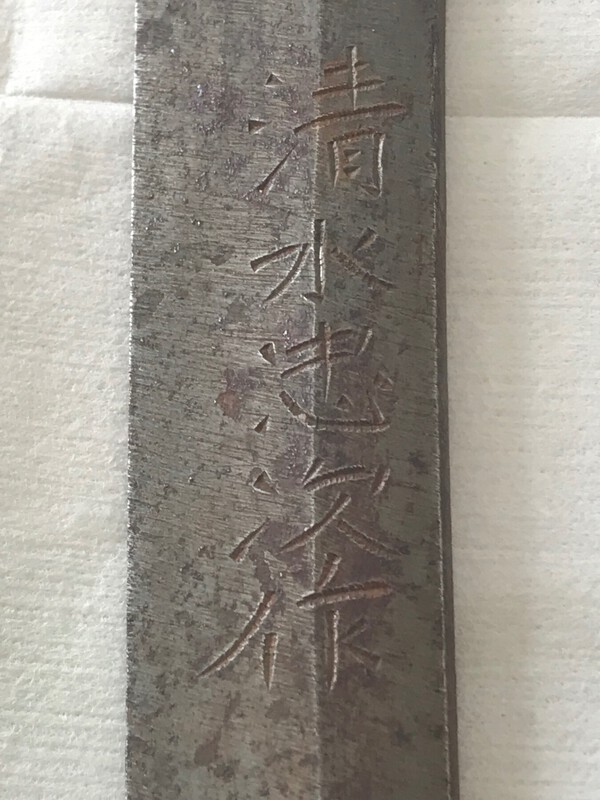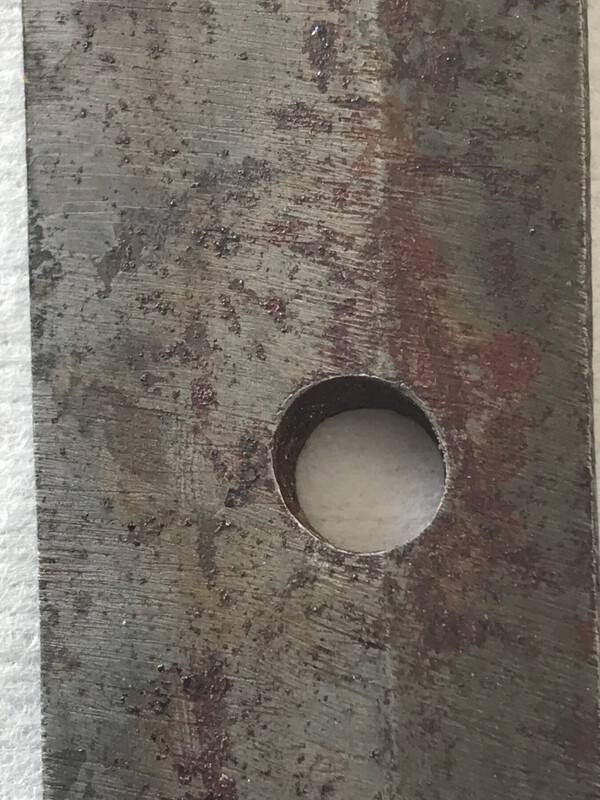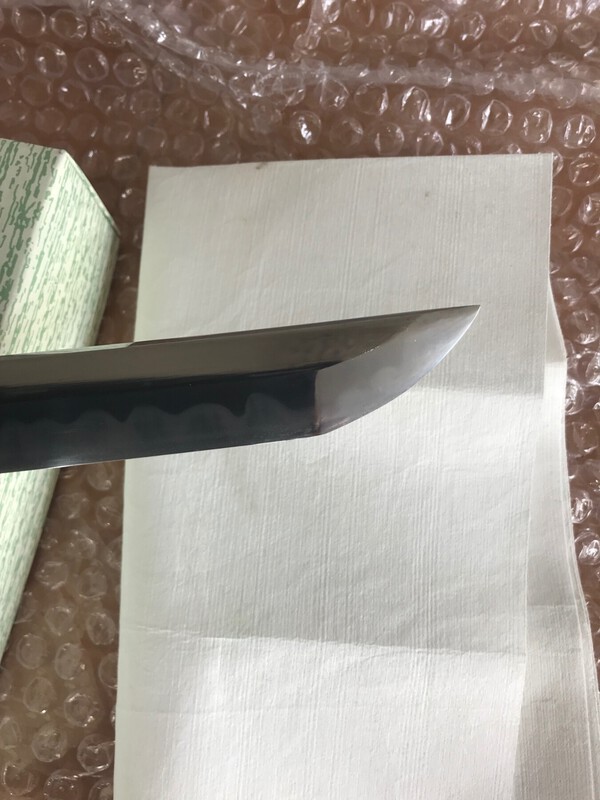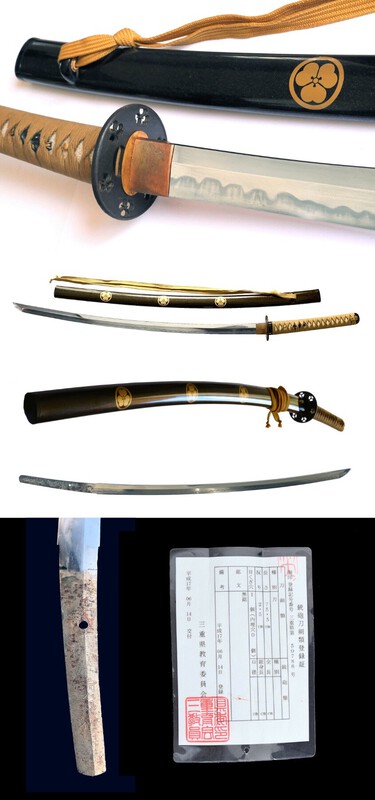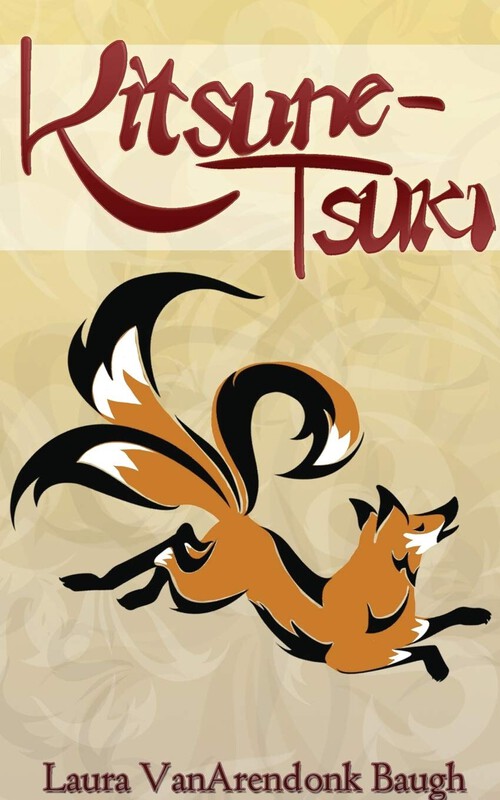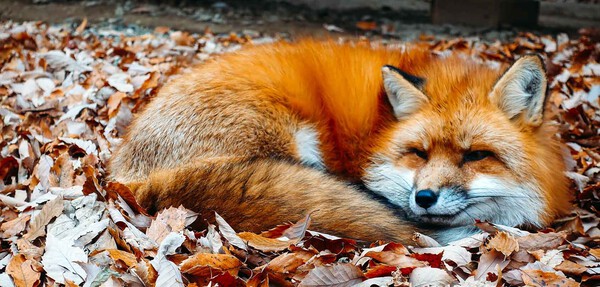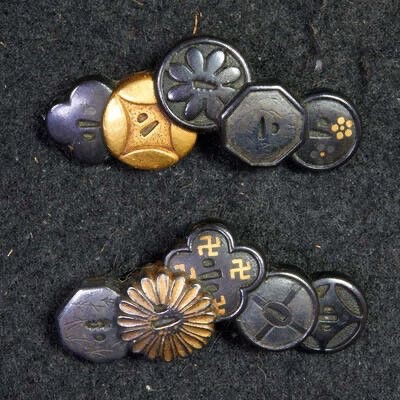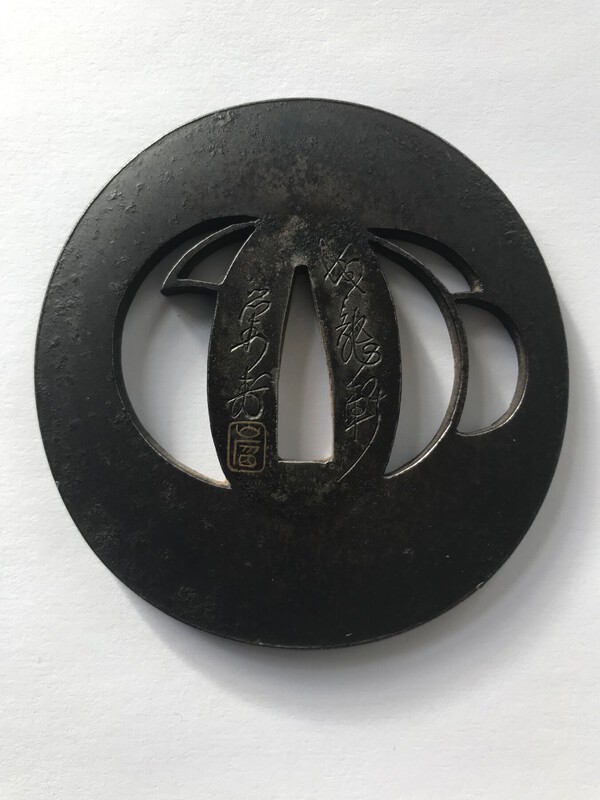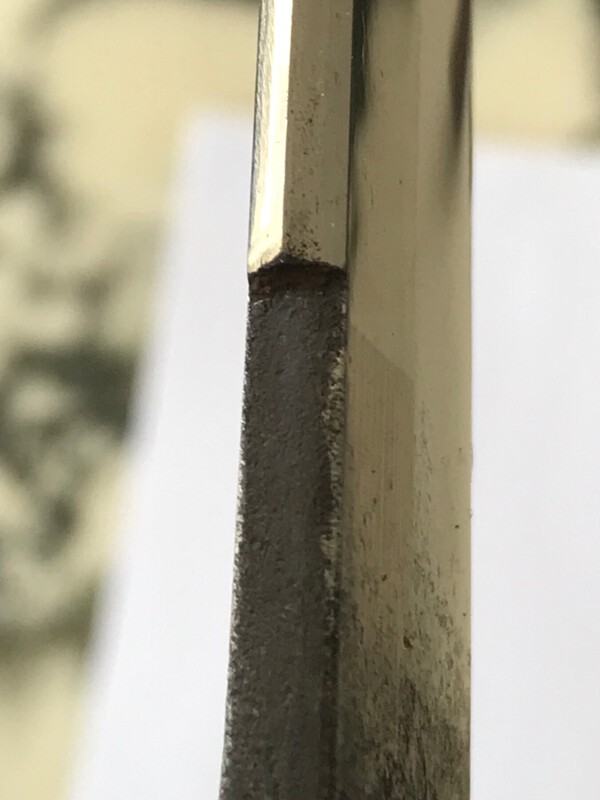
Grevedk
Gold Tier-
Posts
149 -
Joined
-
Last visited
Content Type
Profiles
Forums
Events
Store
Downloads
Gallery
Everything posted by Grevedk
-
When in doubt - ask somebody more knowledgeable 😎
Grevedk replied to Grevedk's topic in Translation Assistance
-
Dear NMB members, I am in need of your knowledge - in regard to pinpoint the sword smith (Mei translation) and if possible how that correspond with period and sword dimensions. I fully understand that this post may be a combination of more than one forum, but I will very much appreciate any comments that you may have. I have just acquired a katana with the following dimensions and information: Katana sword (Edo period 1600 - 1868) - supposedly 🤔 Full length: 105 cm Nagassa: 75,5 cm Sori: 2,5 cm Motohaba: 3,28 cm Motokasane: 0,68 cm Weight of blade: 880 grams Mei: Tadatsugu Nakago: one Mekugi Ana (drilled hole) Very nice and heavy sword with a beautiful Harmon that in shape and form correspond well with the middle Edo period (Jokyo and Genroku era between 1684 - 1703). And it is very sharp and in good polish. Question: Does the Mei correctly correspond with the signature of “Tadatsugu”? If so - which one, as I find it difficult to identify a smith with that name that made swords around 1684 - 1703? Pictures include sellers (1 + 2) and my own in regard to Mei and Kissaki (3 + 4 + 5 + 6). I will appreciate all of your comments, reflections and / or potential misgivings if you should have any. best regards Soren
-
Seems as if she has found her mate A really nice motive and two fine M&M models (Mantis and Menuki). Thank you for sharing a rare moment. Best regards Soren
-
Could be the Japanese KITSUNE (fox) with or without forked (nine) tails? As menuki they could represent cleverness, intelligence, guidance or maybe just mischief No commercial intended
-
On stage things tend to be exaggerated - while “less is more” might be the “right” alterntive such as Shakudo menuki sold at Bonhams 2020
-
Steve - thank you for your assessment and willingness to share your thoughts on the subject. It could make sense if it where a sign of an alliance between clans or families. Best regards Soren
-
-
Thank you all for some fine comments and points. @ Florian - Itomaki-gata is a very reasonable suggestion, and the possibility of later “ad on’s” in regard to the “mon” is equally plausible. The tsuba by itself is well and solid crafted, but the “mon” are a bit “crude” in their design and quality. @ Pat - thanks for your input. I will correct my “clockwise / counterclockwise” error. @ Brian - I will make no further disclaimers in future post regarding this Manji / symbol 🤓👌 But - Can anyone decipher these “mon” / inlays? Best regards Soren
-
5. Warning - No intention to hurt anyones feelings. Counter-clockwise manji. Not tilted and in 90 degrees position. The family mon and the Buddhist symbol would be clockwise? Can anyone explain the meaning of this on a Tsuba?
-
-
Dear NMB members, I have acquired this Tsuba as it rather intrigued me. It’s not that pretty and feels more like a design that probably were not that uncommon. But - that is open for discussion🤓 Mt. Fuji on four sides. Tate Ito Gata (design) Iron (magnetic with a clear bell sound) 80 mm x 79,5 mm (diameter) 120 grams (weight) Both Kozuka Hitsu-Ana and Kogai Hitsu-Ana Uchikaeshi-Mimi (iron reversed and rounded edges) Probably brass inlaid “mon”? Probably mid to late Edo period School - could be Bishu (Owari) or Shoami? A similar Tsuba was discussed in a tread from 2013. That Tsuba had only one Hitsu- Ana, no mon” but a different inlaid design. Disclaimer: apologies if someone should be offended by one of the “mon”. I would appreciate any of your input, opinions or just comments on: The “mon” - not quite sure that they are mon? (What are they?) School and possible the maker Any reflection that comes to your mind 1.
-
Thank you Steve, Your knowledge and comment’s are more than appreciated 👍 The NMB site is a marvelous place to search for information, but the real “magic” lies in the comments and insights that learned people like you share. Thank you - I have just learned quite a few things 😎👍 Best regards Soren
-
Thank you all 👍 Brian - I did the search through NMB, and you are more than right about have many questions and citations there are on “Eiju”. This site is a treasure stove of information when you know how and where to look 😂👌 Mauro - what is the difference between kin’in and Kao? Dale - the attached is something I owe you from last time. Front page, example and citations 🤓
-
-
Dear NMB specialist’s, I need to tab into your experience and knowledge in regard to the use of “Grass script” in Mei, and the use of personal seals (Kao) on Tsuba. I have just bought the pictured Tsuba as a small study project. It came without any background information except measurements. Tsuba measurements: 74 mm x 71 mm x 4 mm (seppadai) x 3 mm (rim) Mei: Beautiful cursive Sosho script (“Grass script”) and a golden “inlaid” or painted seal. I have made a few comparisons to other and identical Mei, and believe that the artist could be - Seiryuken Eiju which is the art name of Tetsugendo Toryuken, Osaka, Kyoto and Edo between 1775 - 1800, (student and adopted son of Okamoto Harukuni, master craftsman and founder of the Tetsugendo School). But - that is just my initial hunch as I can’t read Sosho script 🤔 Furthermore I’m equally puzzled by the personal seal as the school probably had many craftsmen working beside each other. So I need your specialist knowledge in regard to: Is the maker Seiryuken Eiju? Can you decipher the seal? Is the Tsuba made for either a Wakizashi or a Katana? Your general comments on design and craftsmanship In the hope you can help 🤓 Best regards Soren
-
Hi Alex and Jussi, Thank you for both your time and willingness to share your thoughts. Again much appreciated 👍👍 Jussi - superfine links. Last one has definitely many similarities to use in comparison 🤓 Best regards Soren
-
-
-

